I Wanted Expensive-Looking Hair—a Colorist Surprised Me With This "Underrated" Suggestion
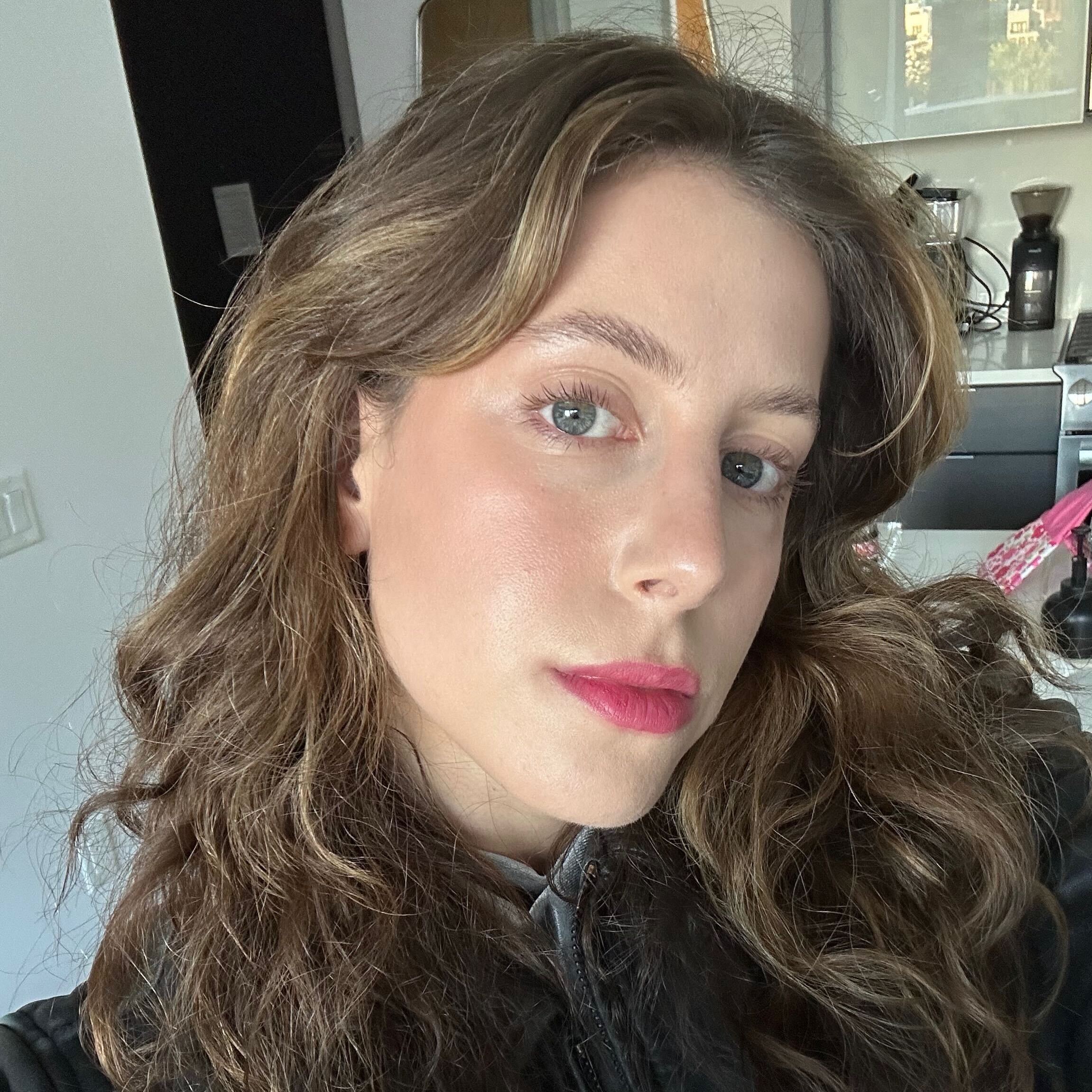
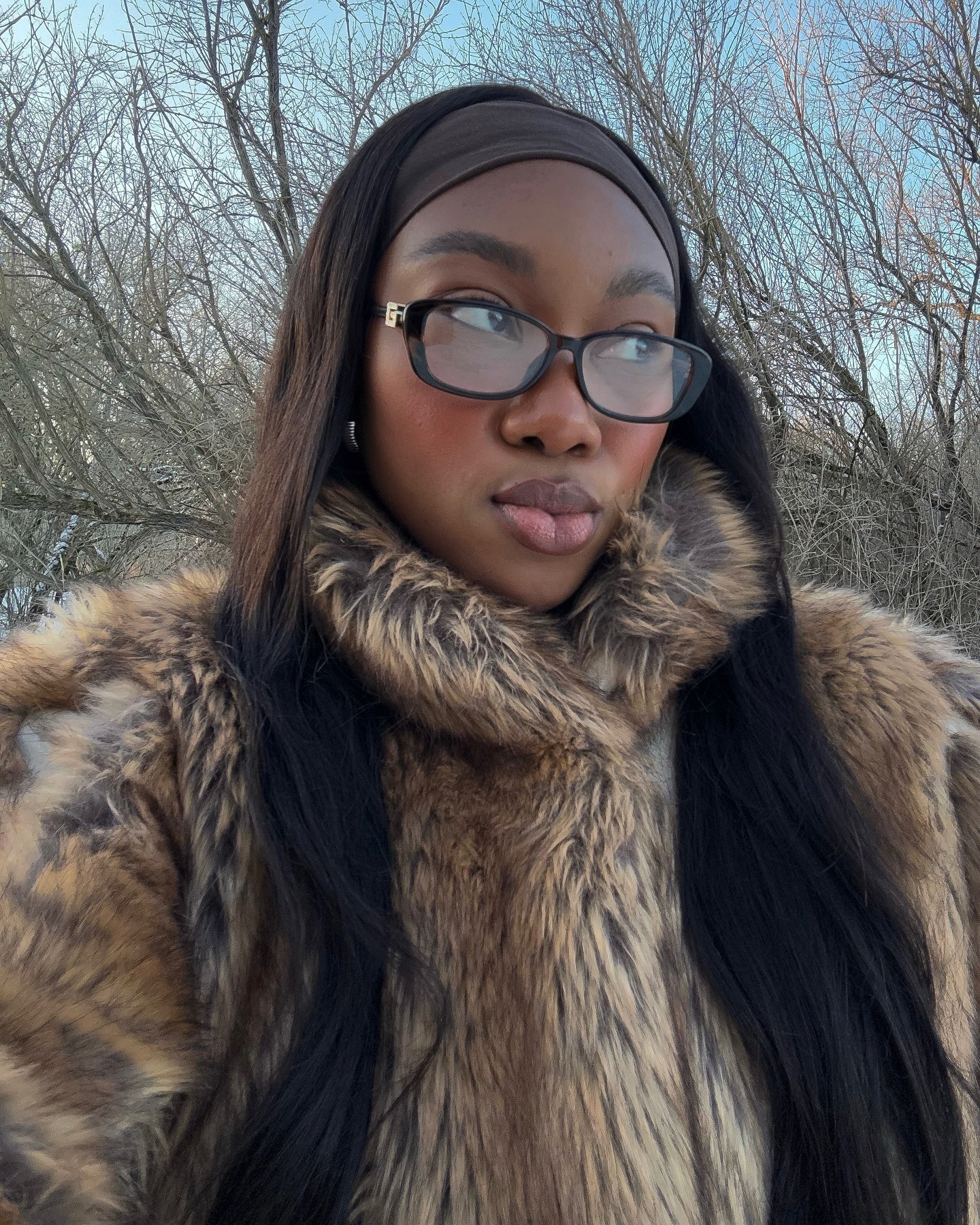
Expensive-looking hair is a journey, not a destination. A luxurious mane does not hinge upon a specific color or cut but a commitment to at-home and in-salon techniques that help strands appear shiny, vibrant, and full of eye-catching depth. Think glosses, deep-conditioning masks, scalp treatments, and a healthy balance of lowlights and highlights.
If that last one gave you pause, you're certainly not alone. I recently booked a color refresh with master stylist Julie Dickson at her New York City salon, where she suggested not only golden, honey highlights but also some darker chestnut pieces (aka, lowlights) scattered throughout. I was a bit hesitant, but she assured me that it ties the entire look together, and lo and behold—she was absolutely right. My natural-looking hue appeared significantly more put together, sophisticated, and just plain rich. Ready to secure a luxe-looking mane of your own? Keep scrolling for everything you need to know, straight from celebrity colorists.
What are highlights?
First thing's first: Let's go over some hair color basics. "Highlights are lighter strands added throughout your hair to create brightness and contrast," explains celebrity hairstylist and colorist Eduardo Ponce. "They mimic the effect of sunlight hitting your hair and give a fresh, vibrant, sun-kissed appearance."
Essentially, if you're hoping to lighten your natural hair color, highlights are a great route to take. There are a smattering of different types to choose from depending on your hair goals, such as babylights, money pieces, balayage, chunky highlights, and so on.
What are lowlights?
Lowlights, on the other hand, are sections of hair darker than your natural base color, meant to add dimension or tone down hair that's become too light.
"Lowlights are essentially the opposite of highlights," adds Dickson. "They involve adding deeper, richer tones to your hair instead of lighter ones. This creates dimension, enhances your natural color, and adds depth to your overall look. They are used to add contrast or give your hair a more balanced, multidimensional appearance, especially if you feel your color has become too light or flat."
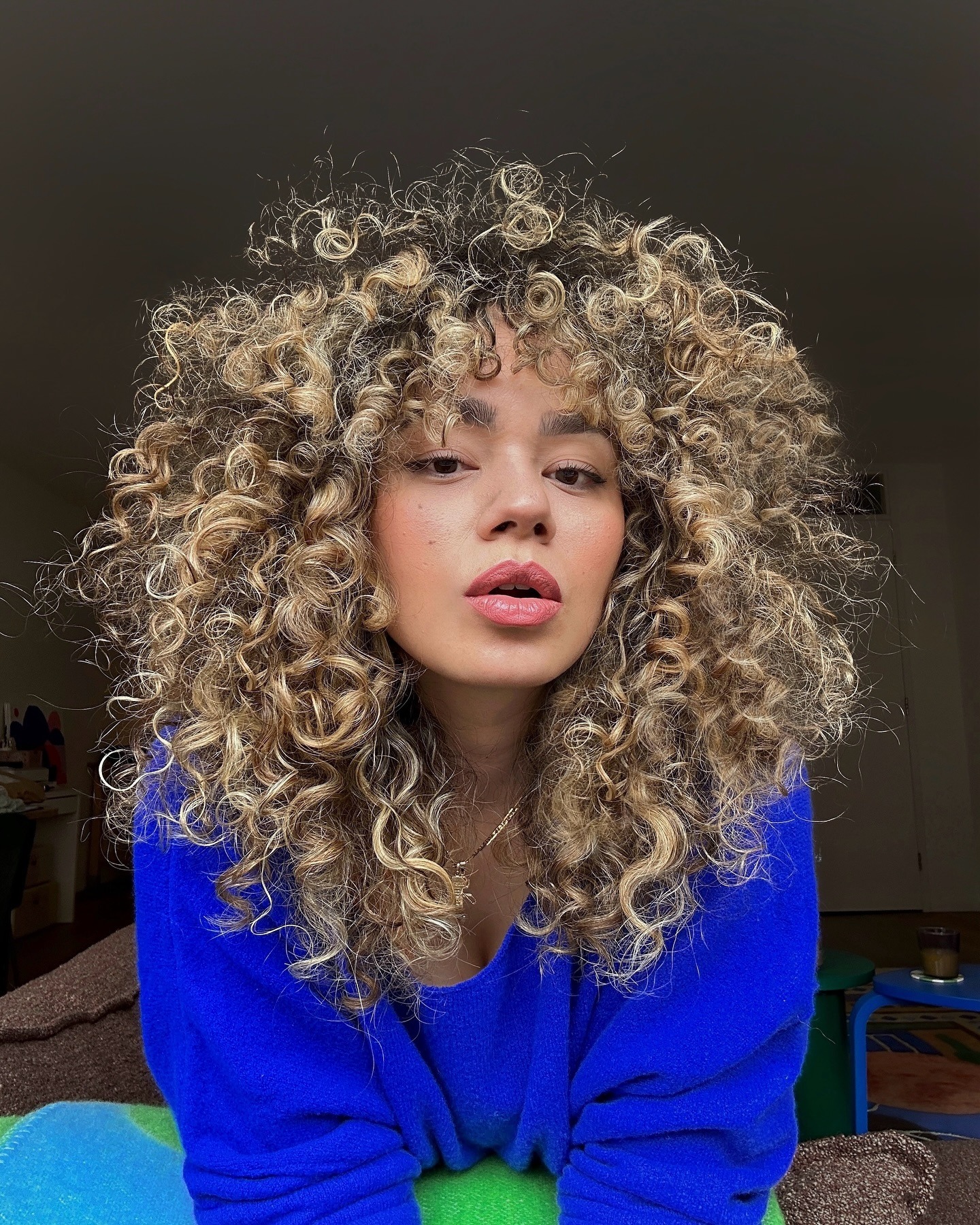
What's the difference?
In short: Highlights brighten, while lowlights darken and add depth. "Think of lowlights as shadows that add richness and highlights as beams of light that enhance contrast," notes Ponce.
While we're pitting them against each other for the purposes of this article, just know that one isn't necessarily "better" than the other; in fact, according to Dickson, everyone can take advantage of both techniques. "Lowlights are great for hair that’s been overly highlighted or sun-bleached, as they restore depth and dimension while making your highlights stand out and appear brighter," she shares. "Highlights, on the other hand, can be subtle and spaced out for a soft, natural 'kid hair' look, or applied more densely to create an overall lighter, brighter effect."
Can you mix them together?
Yes—and you should! "I always add both highlights and lowlights," says celebrity hairstylist and colorist Dimitris Giannetos. "If you just keep adding highlights to the hair, your hair color is going to lose depth." Think of it like contouring and highlighting your face with makeup; without a healthy balance of light and shadow, the look can wind up falling flat. "Depth from the lowlights and brightness from the highlights create a balanced, multidimensional look that creates a natural and sophisticated vibe," adds Ponce.
That said, combining them is a delicate dance, and the amount of each will depend on your specific head of hair, bone structure, and the overall look you're gunning for. For instance, Dickson might commit to highlights for face-framing pieces in order to accentuate the eyes, or she could add more lowlights to an area to help old highlights pop.
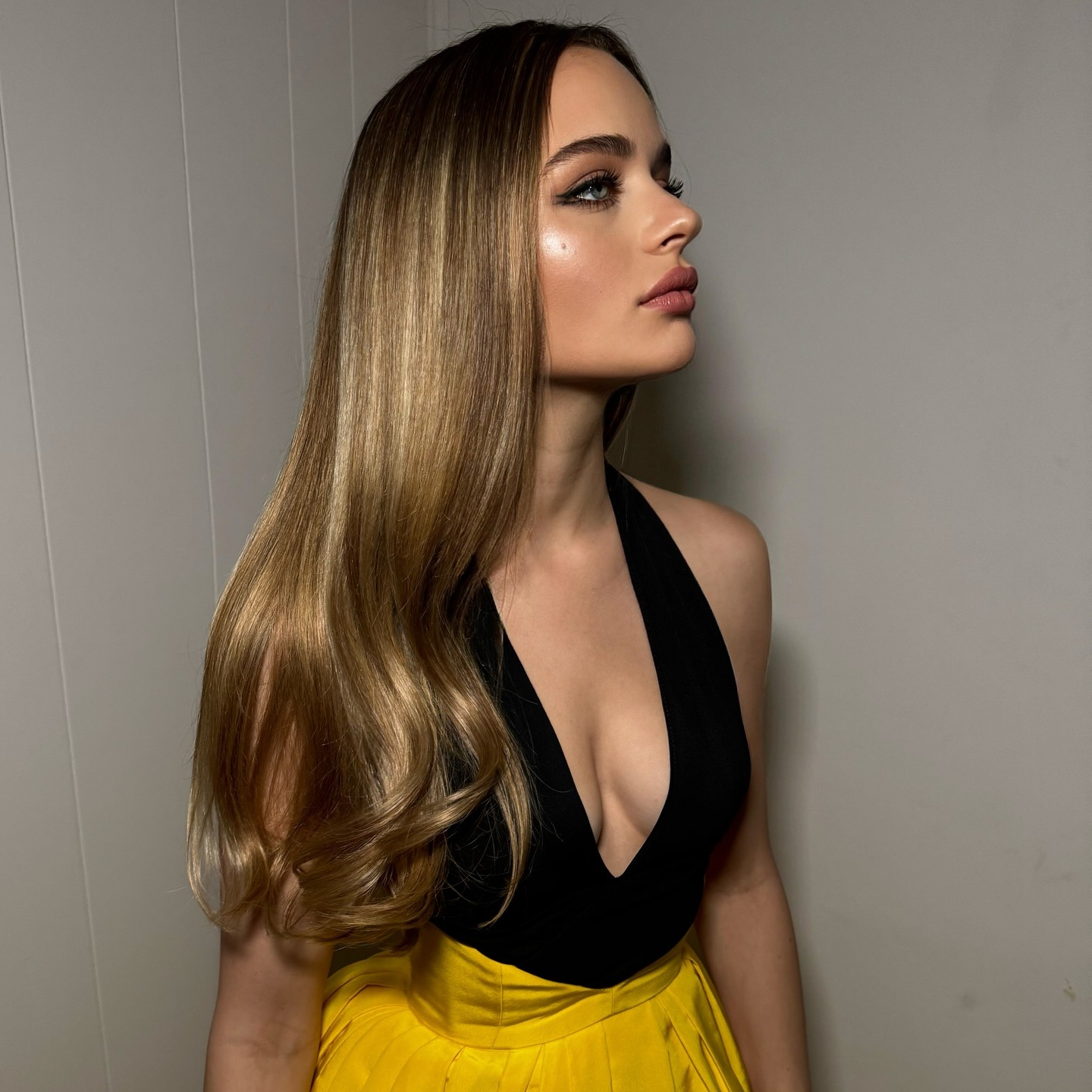
How to Apply Them Both
The application process itself is pretty much the same for lowlights and highlights. "Both involve selecting specific, targeted pieces of hair to apply the color to and painting down from the top to end of the hair," says Giannetos. The difference lies in the placement of the dye (and the color, of course).
Everyone's exact placement is different—again, it depends on the specific look you're hoping to achieve—but Dickson always likes to add a few extra touches of both for a natural-looking effect.
"Natural color is darker at the roots than the ends, and for natural-looking results, we want to avoid root-to-end stripes," she explains. "There will always be root-to-end placement with both highlights and lowlights, but with highlights, I like to add a few extra panels on the ends, and with lowlights, I add extras from roots to the midshaft of the hair."
Do lowlights cover grays?
Yep, they sure can. "Lowlights are a great way to blend grays naturally without completely covering them, especially if your grays are subtler versus all over," confirms Ponce. You might want to add some strategic highlights to disguise the grays entirely, but lowlights are certainly a great way to make them less noticeable.
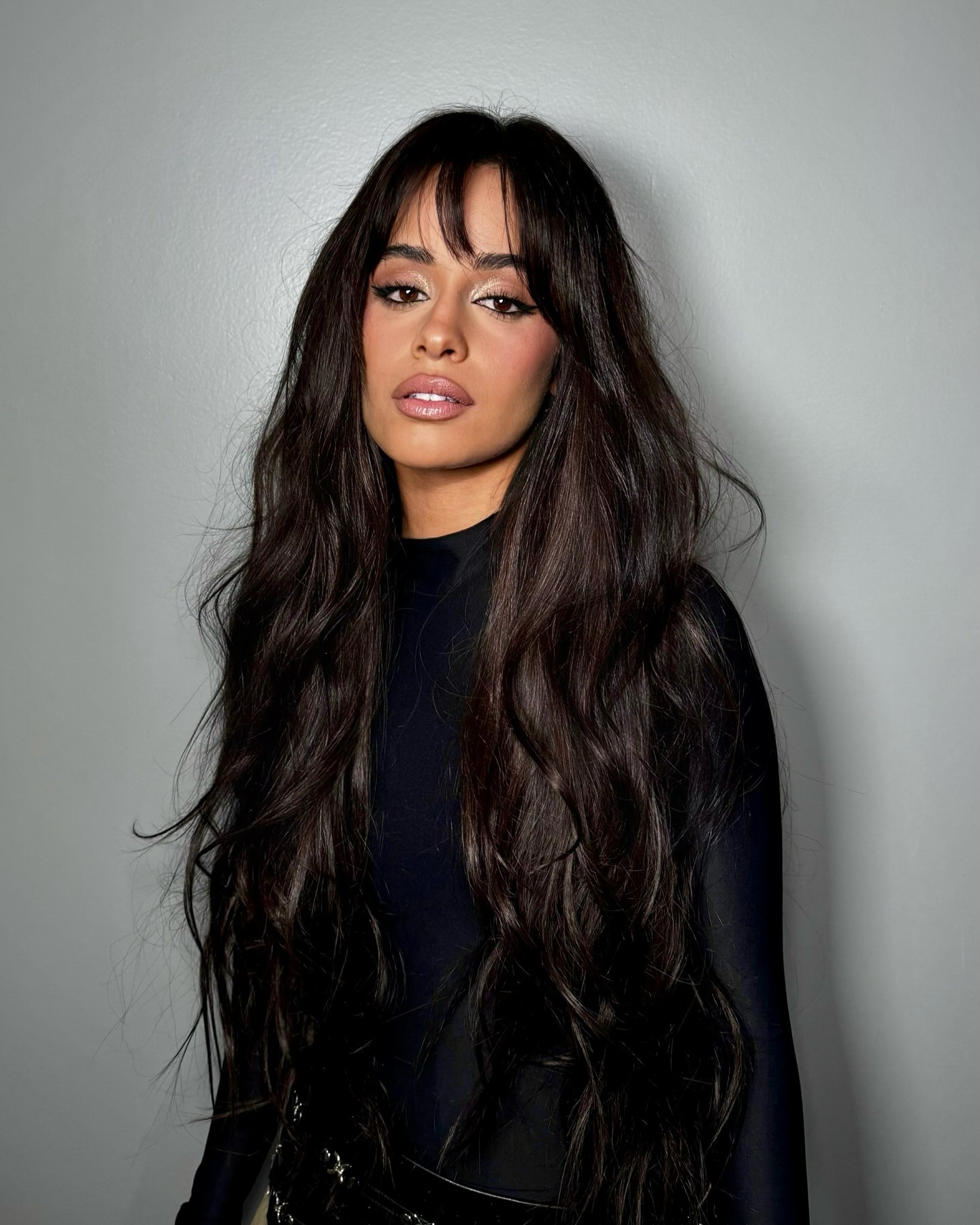
Can you apply lowlights on dark hair?
Another resounding yes from the stylists! "Most of my clients with dark hair have lowlights," declares Giannetos. "You wouldn’t immediately notice that’s what it is, but when you look at someone and see that their brown hair feels rich and vibrant, it’s because of the dimension created with the lowlights."
Don't get me wrong—a gloss is always a good idea. However, lowlights can often make the deep strands appear even more vibrant. "Sometimes with natural fading over the years or [being] in the sun or water a lot, brunettes can get brassy or dull. Panels of lowlights can add depth and richness," adds Dickson. "It’s quite impactful in making the hair look healthier and more put together." Your hair might not look darker, necessarily, but it will look richer—think bold, full-bodied, expensive-looking strands.
The Best Products to Maintain Lowlights and Highlights
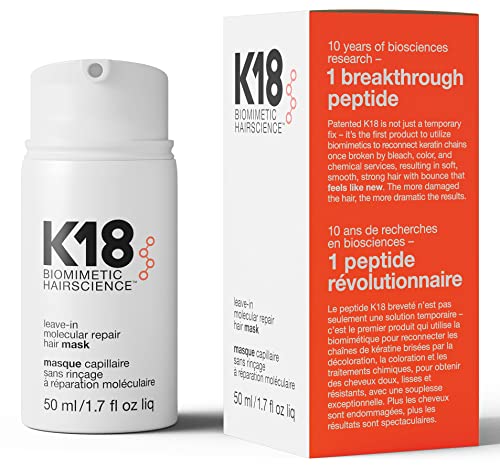
"I love K18 as a weekly strengthening treatment," notes Dickson. It has a special peptide that repairs hair bonds at the molecular level, and it's not just hype—it really works.
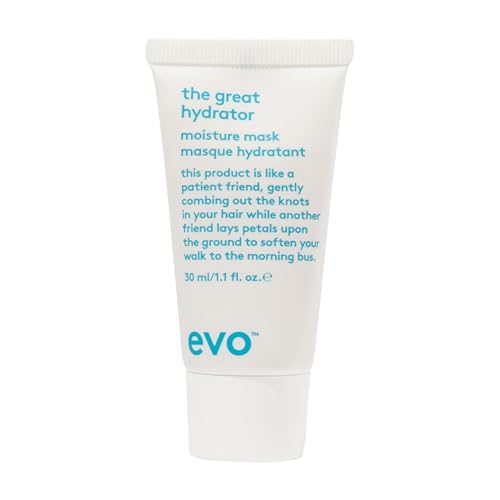
She's also a fan of this hair-quenching mask from Evo. The high-quality formula feels like it should be way more expensive than its $7 price tag, which is my favorite kind of contrast.
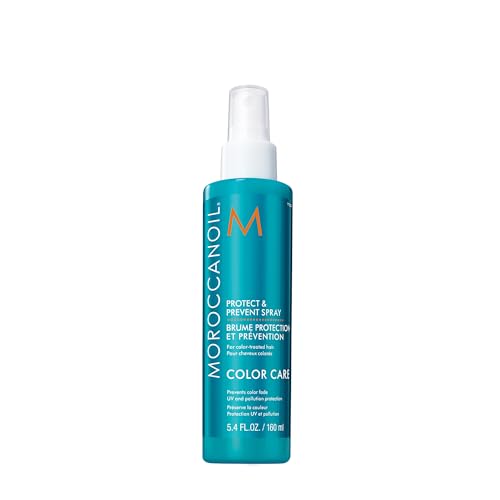
Heads up, before you even think about using a hot tool, you'll want to give your strands a healthy spritz of heat protectant. Otherwise, you can quickly kiss your expensive-looking color goodbye. Giannetos loves this formula from Moroccanoil. In addition to shielding strands from heat, it "helps preserve your hair color with argan oil to seal and repair," he says.
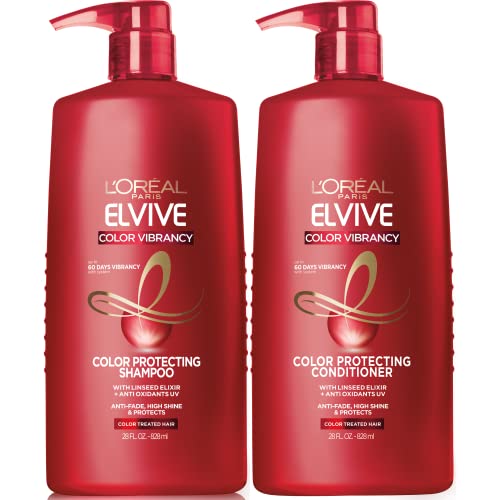
"I suggest washing your hair with products that are specifically designed with color-treated hair in mind," advises Giannetos. He's a fan of this creamy shampoo-conditioner duo that's formulated to preserve the hair's vibrance.
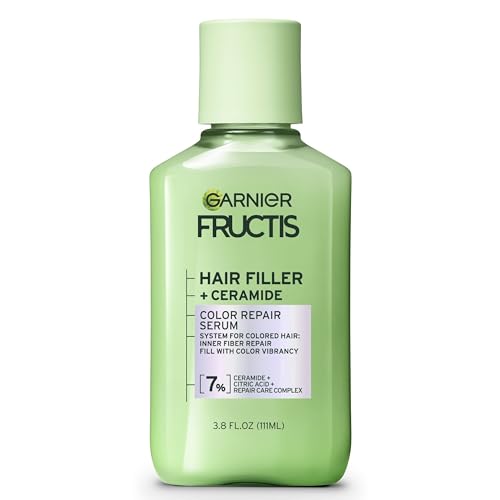
My own strands have never felt softer since using this serum. Hair Filler is essentially a fancy way to call its hair-repairing abilities, as it literally plumps each strand with ceramides and other good-for-hair ingredients.
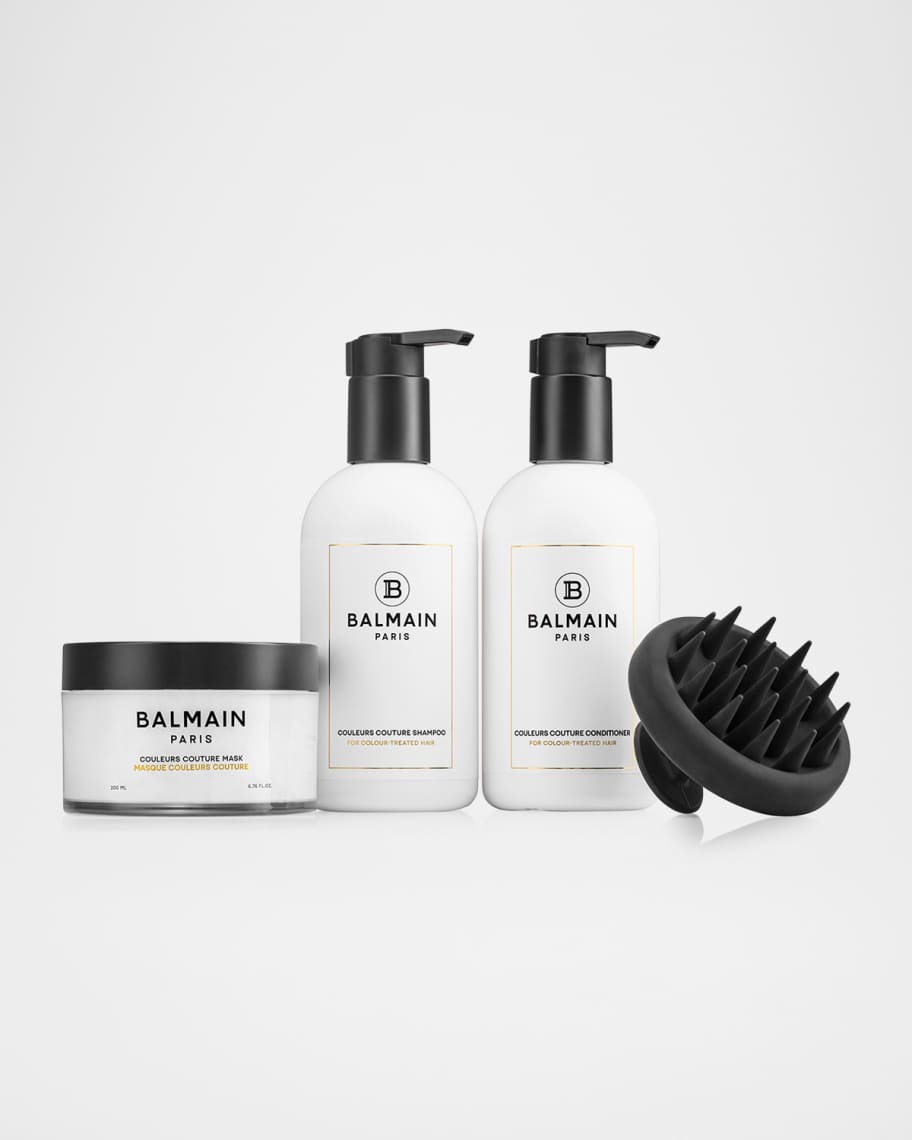
Ponce is partial to Balmain Hair's shampoo and conditioner, both of which you can snag in this luxe gift set. (You'll also score a rich, deep-conditioning treatment and high-quality scalp brush!) "It has UV shields to enhance color longevity and a blend of argan elixir, silk and cashmere protein to deeply nourish and strengthen the hair," he says of the duo.

This innovative gloss contains a special light-enhancing technology that literally forces more light to bounce off your strands. It's basically like highlighter for your hair.
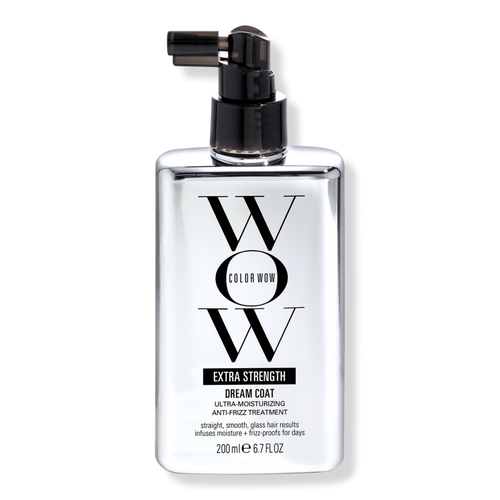
Dream Coat is straight-up magic. That's really all I can say. You just have to see the smooth, silky results for yourself.
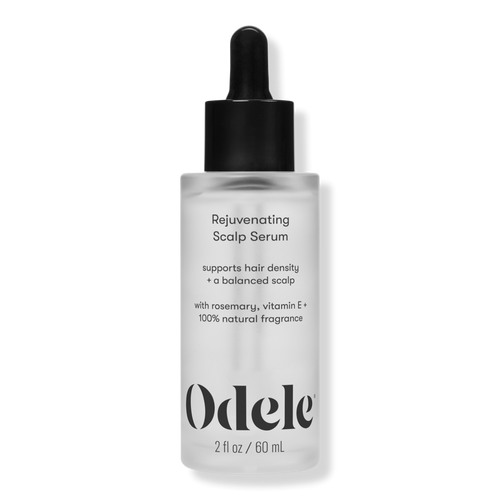
Recently, I was on the hunt for an everyday scalp serum that felt nourishing without making my roots look greasy. I'm so glad I stumbled across this $13 Odele number, as it does exactly that, plus it immediately soothes inflammation thanks to ginger and peppermint.
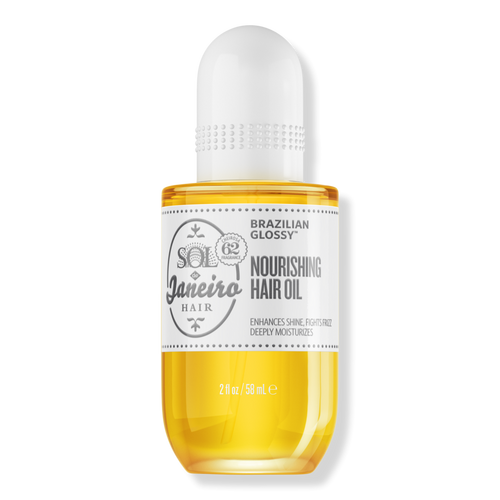
Sol de Janeiro may be best known for its lineup of head-turning body mists, but please do not sleep on this gorgeous hair oil. It immediately nixes flyaways and frizz, and it enhances shine like no other. It also features the brand's iconic Cheirosa 62 scent, so of course it smells like heaven.

Jamie Schneider is Who What Wear’s senior beauty editor based in New York City. With over seven years in the industry, she specializes in trend forecasting, covering everything from innovative fragrance launches to need-to-know makeup tutorials to celebrity profiles. She graduated from the University of Michigan with a B.A. in Organizational Studies and English before moving to NYC, and her work has appeared in MindBodyGreen, Coveteur, and more. When she’s not writing or testing the latest beauty finds, Jamie loves scouting vintage boutiques and reading thrillers, and she’s always down for a park picnic in Brooklyn.
-
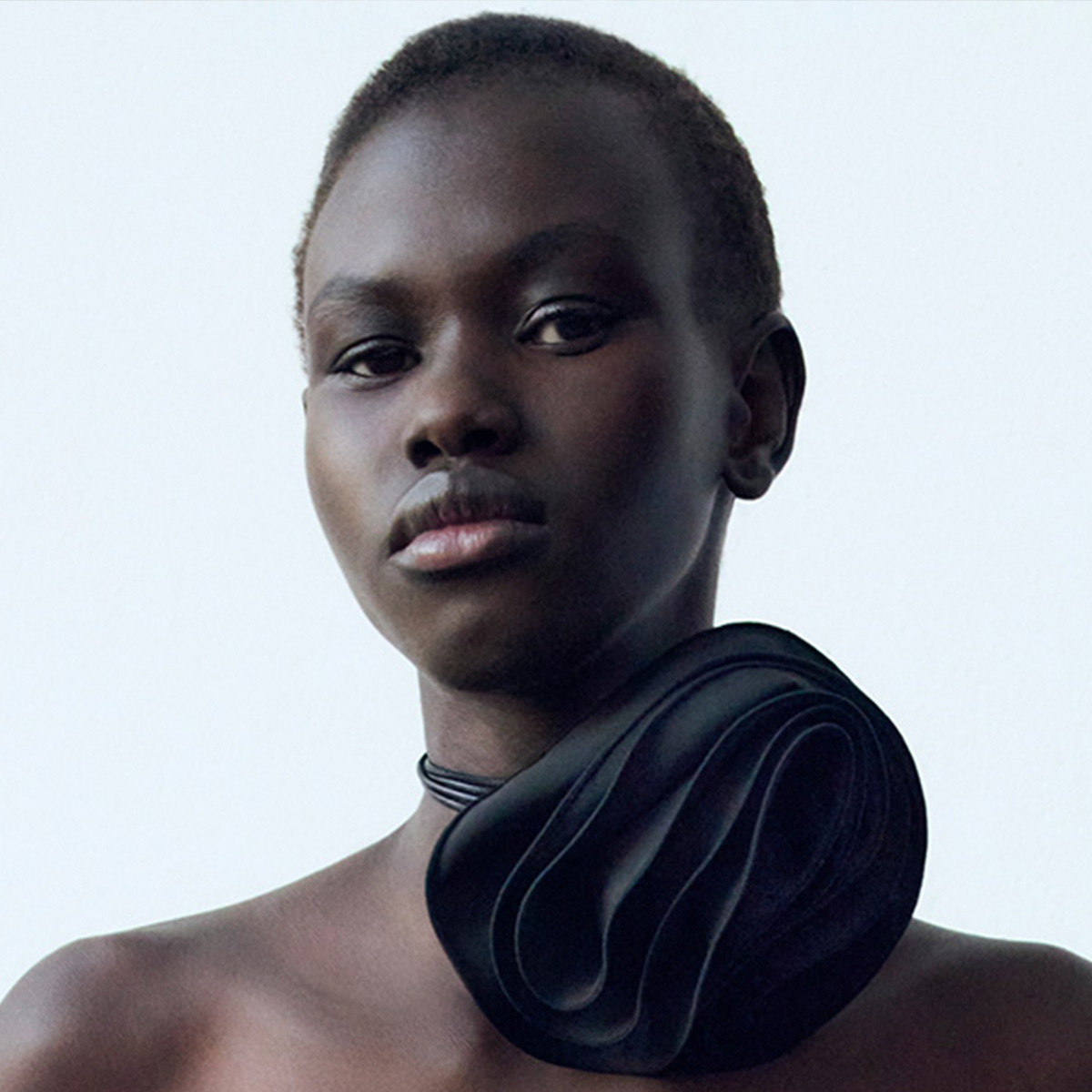 H&M Just Launched Its Latest Designer Collection, Here’s Everything You Actually Need
H&M Just Launched Its Latest Designer Collection, Here’s Everything You Actually NeedAccording to Magda Butrym herself—and us.
By Tara Gonzalez
-
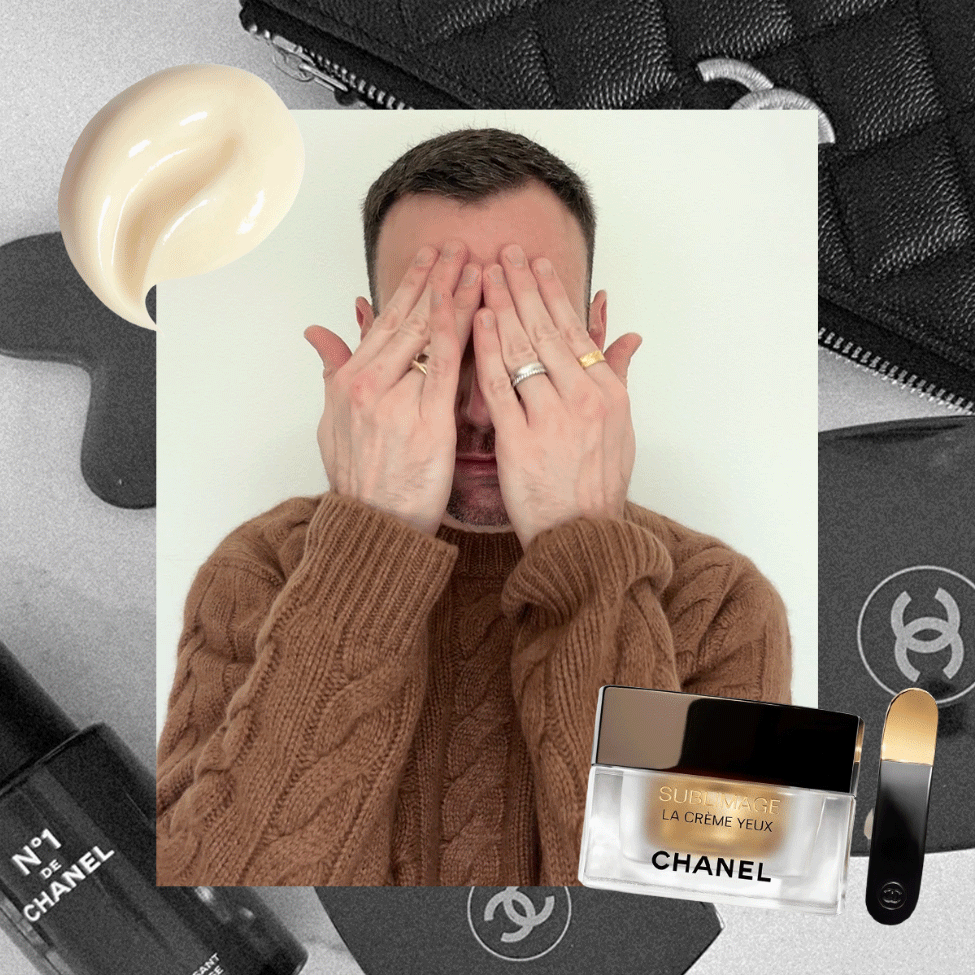 I Just Tried Chanel Skincare for the First Time, and Beauty Editors Are Right—These Products Are Fantastic
I Just Tried Chanel Skincare for the First Time, and Beauty Editors Are Right—These Products Are FantasticA+ products to hydrate, smooth fine lines, and more.
By Bobby Schuessler
-
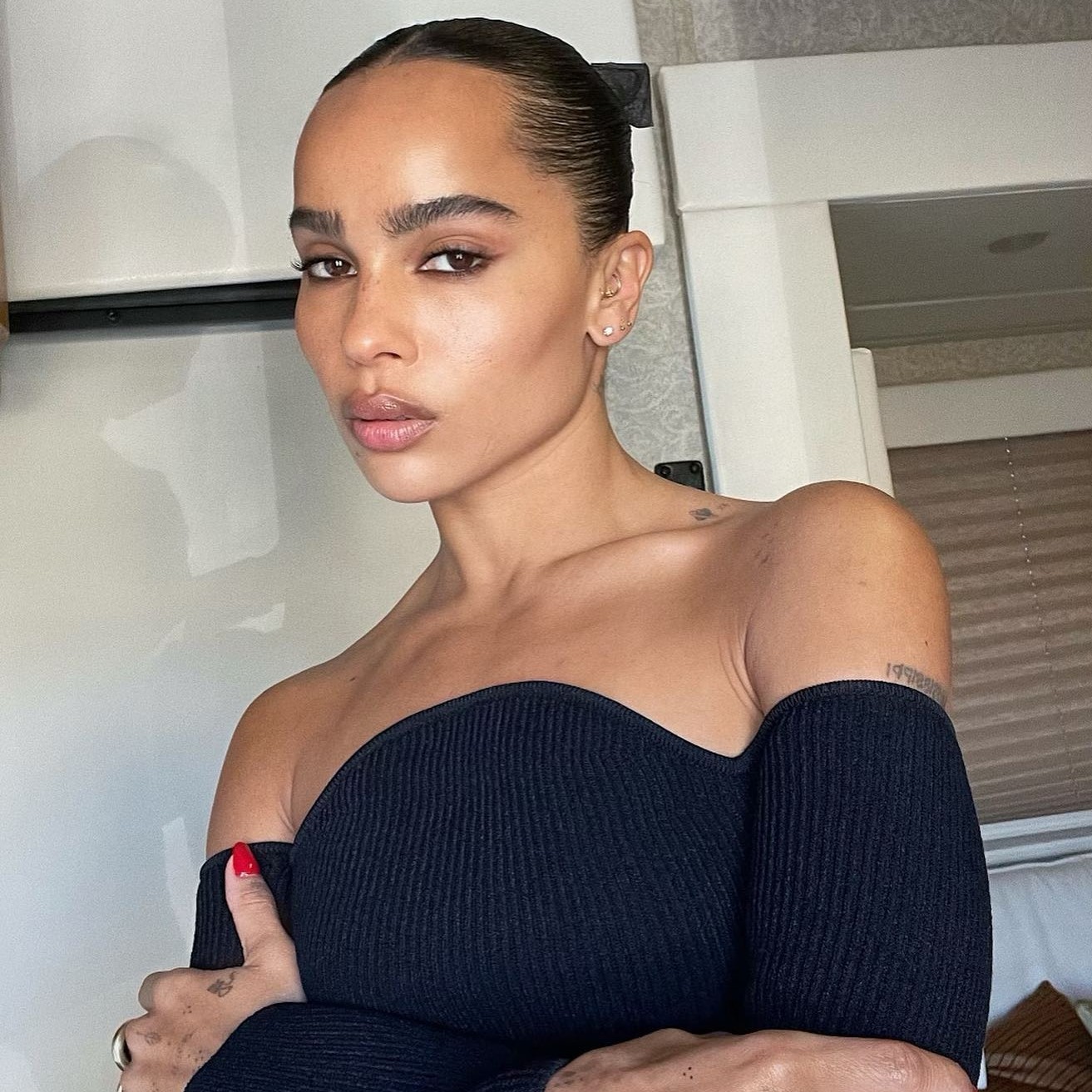 Excuse Me While I Wear Supermodel Buns All Summer Long—8 Sleek Sticks That Make It So Easy
Excuse Me While I Wear Supermodel Buns All Summer Long—8 Sleek Sticks That Make It So EasySmooth, polished styles with just a swipe.
By Jamie Schneider
-
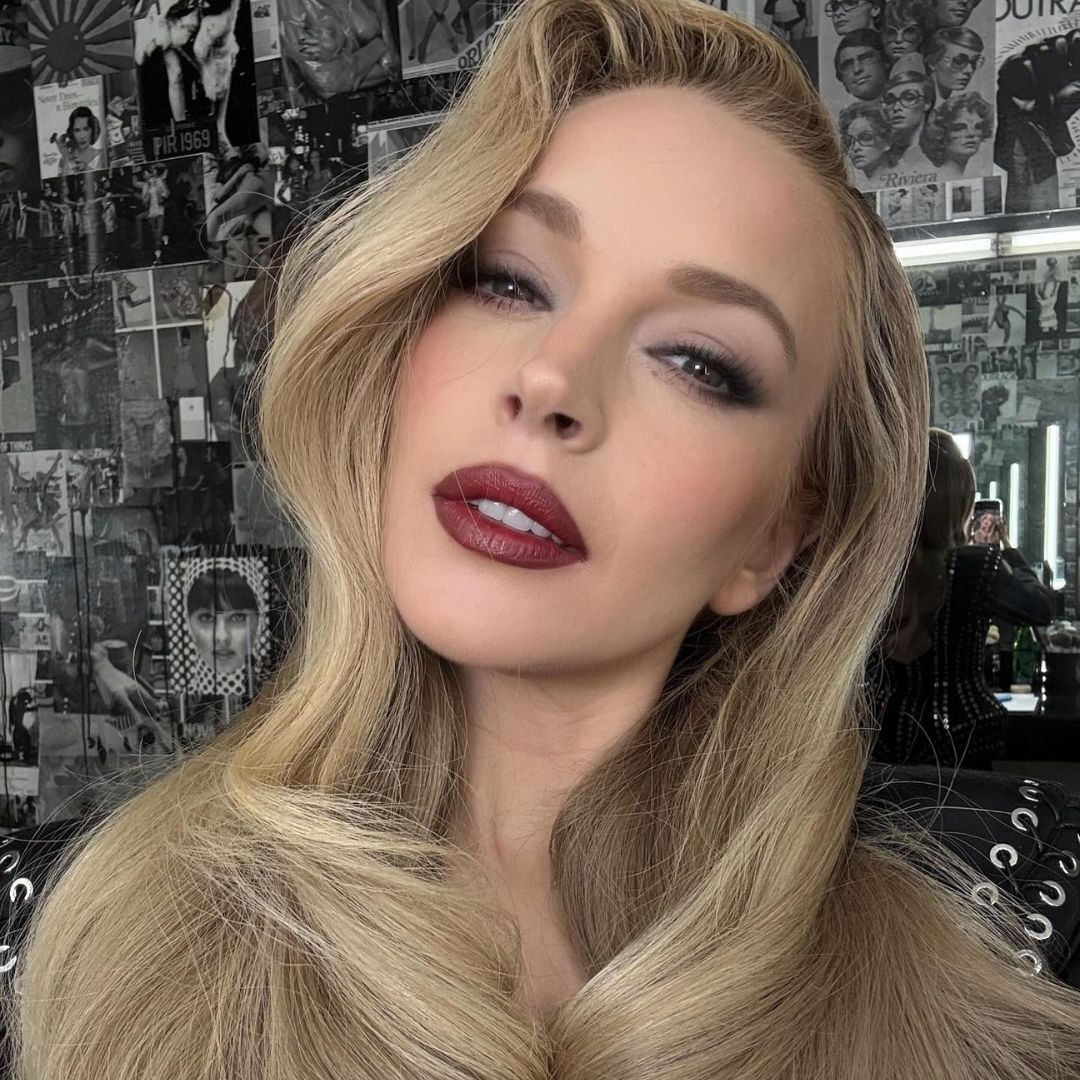 Lindsay Lohan's "Almond Milk" Hair Proves This Anti-Spring Trend Is on the Rise
Lindsay Lohan's "Almond Milk" Hair Proves This Anti-Spring Trend Is on the RiseOur hair colors sound like coffee orders more and more every day.
By Alyssa Brascia
-
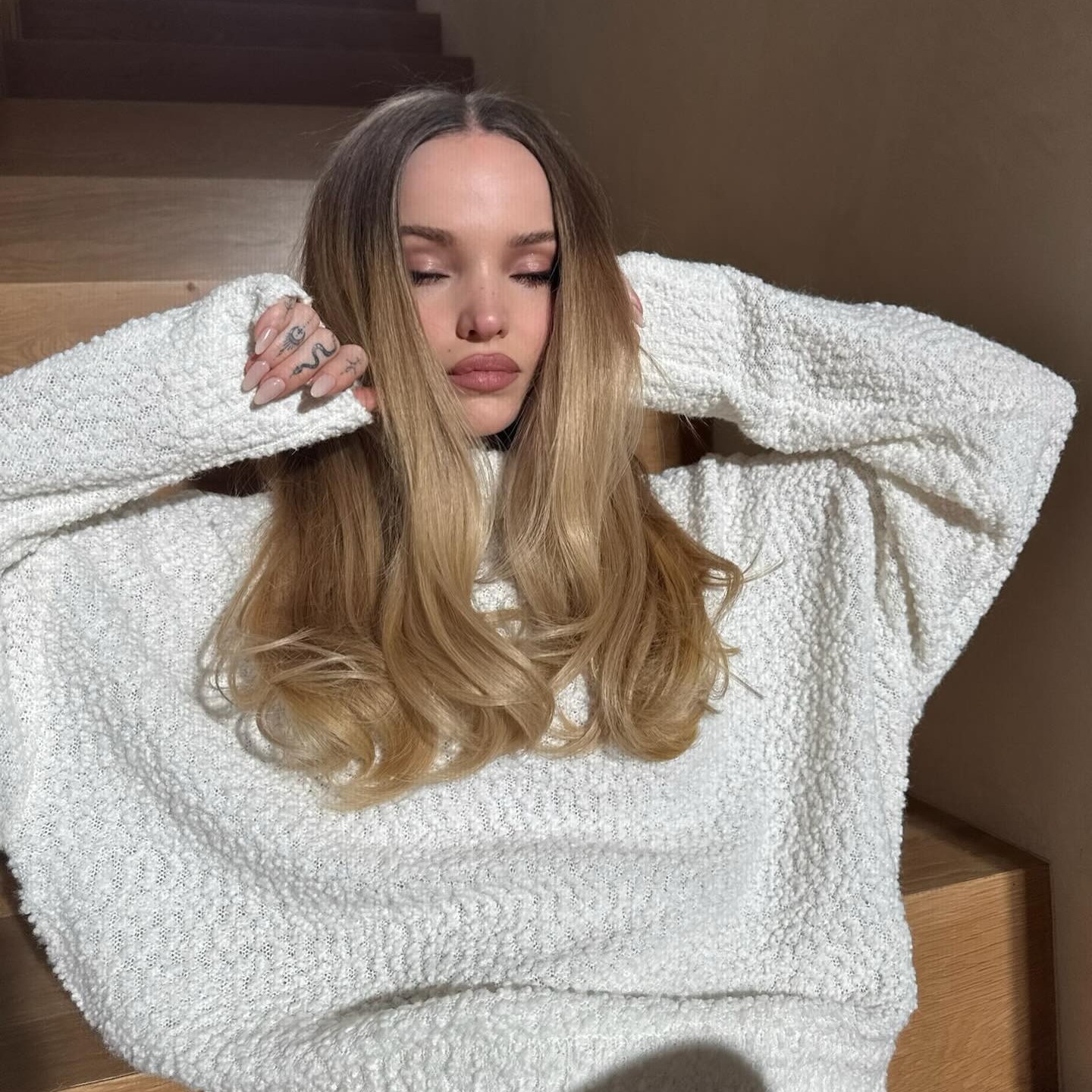 Somebody Call 2014—This "Tumblr" Hair Trend Is Officially Back for Spring
Somebody Call 2014—This "Tumblr" Hair Trend Is Officially Back for SpringGet ready to blast My Chemical Romance.
By Jamie Schneider
-
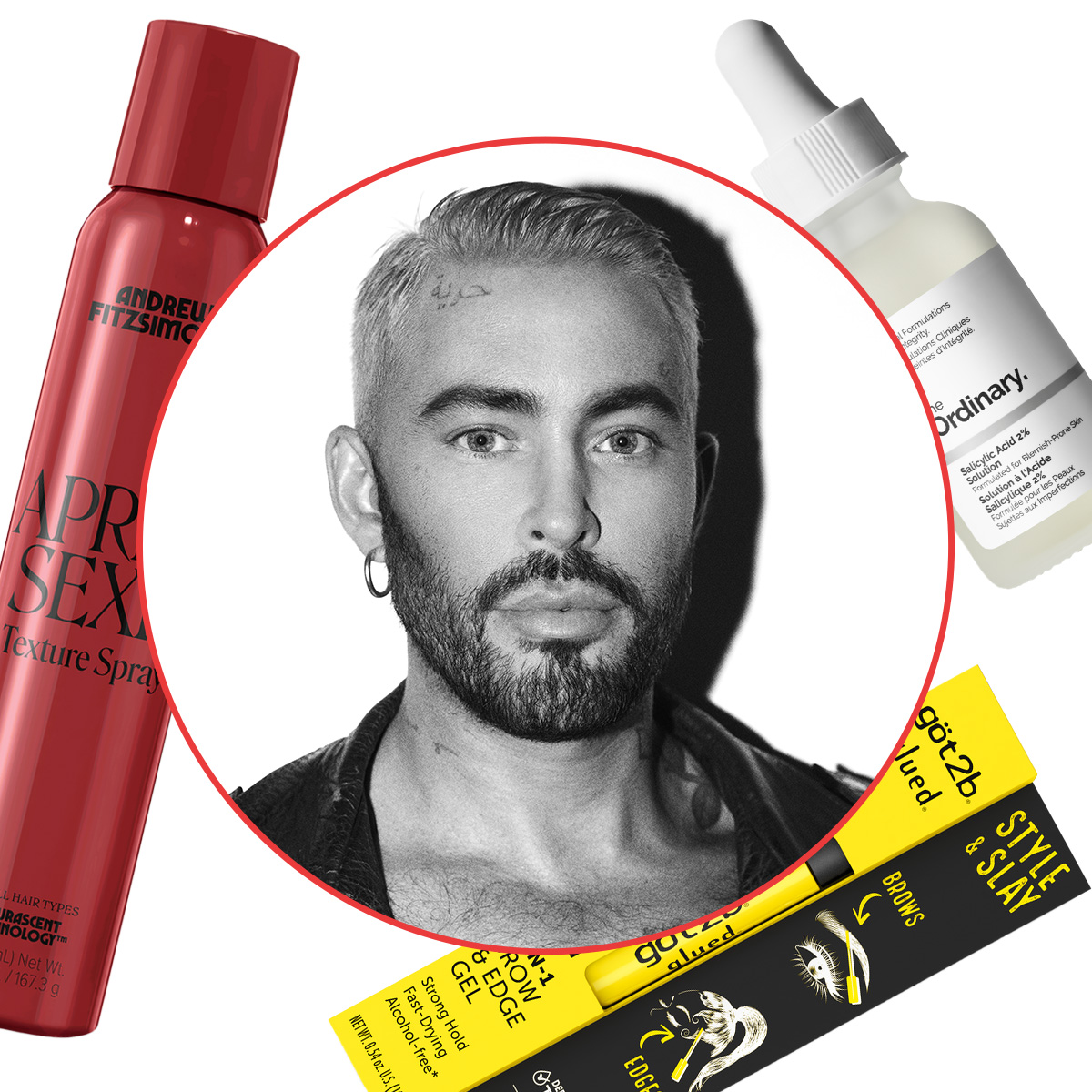 My Clients Are Known for Glossy, Expensive-Looking Hair—8 Drugstore Items I Think You Should Own
My Clients Are Known for Glossy, Expensive-Looking Hair—8 Drugstore Items I Think You Should Own"It's not about the price tag—it's about performance."
By Kaitlyn McLintock
-
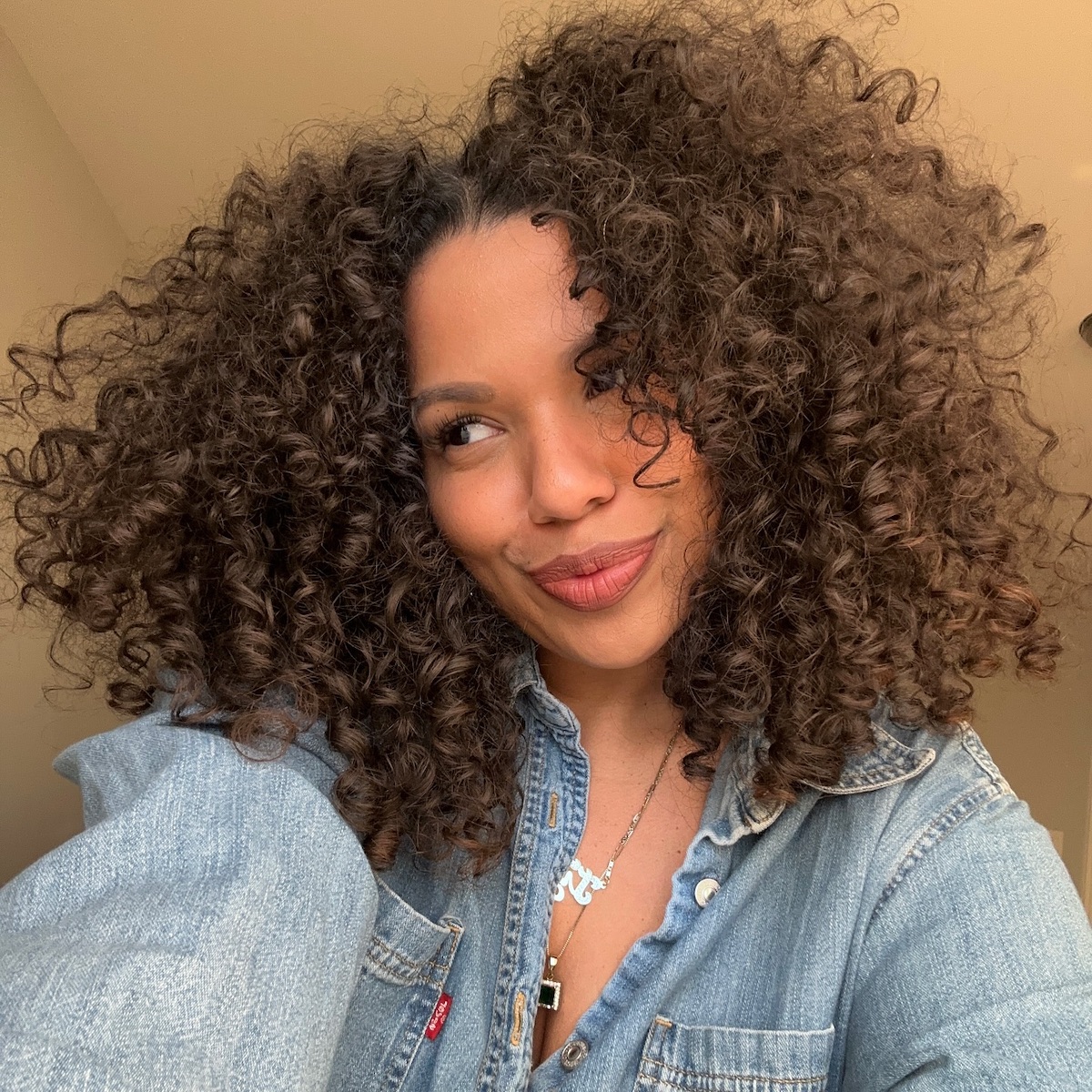 Protein vs. Moisture: Here's How to Tell Which One Your Hair Needs to Beat Damage
Protein vs. Moisture: Here's How to Tell Which One Your Hair Needs to Beat DamageNot all damage is the same.
By Kaitlyn McLintock
-
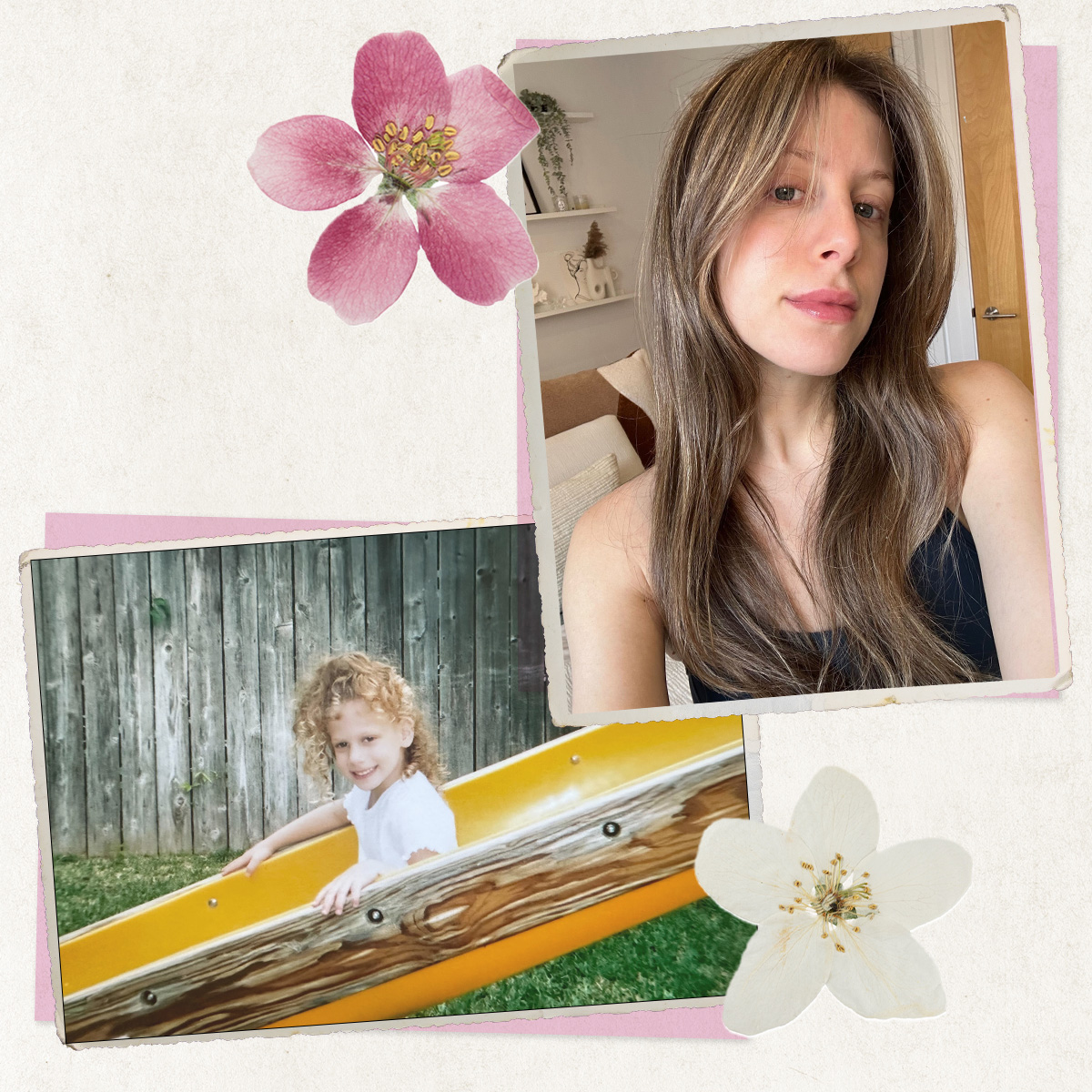 This Colorist Specializes in "No-Makeup Makeup" for Your Hair, so I Booked an Appointment
This Colorist Specializes in "No-Makeup Makeup" for Your Hair, so I Booked an AppointmentThis low-key technique makes a difference.
By Jamie Schneider
-
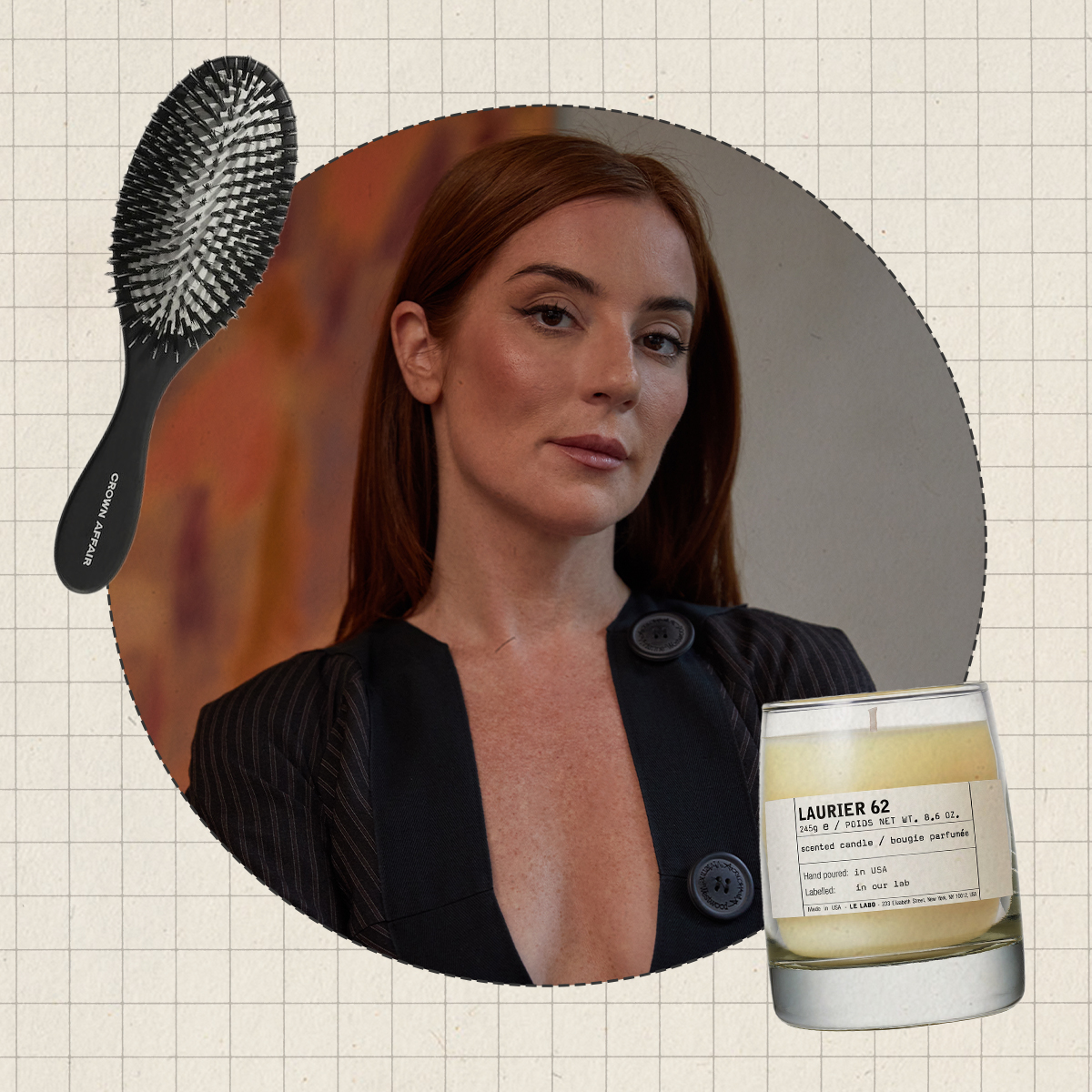 Kendall Jenner's Go-To Colorist Just Gave Me the Juiciest "Hot Girl Hair" Recs
Kendall Jenner's Go-To Colorist Just Gave Me the Juiciest "Hot Girl Hair" RecsPlus, underrated fragrance finds that simply ooze cool.
By Jamie Schneider
-
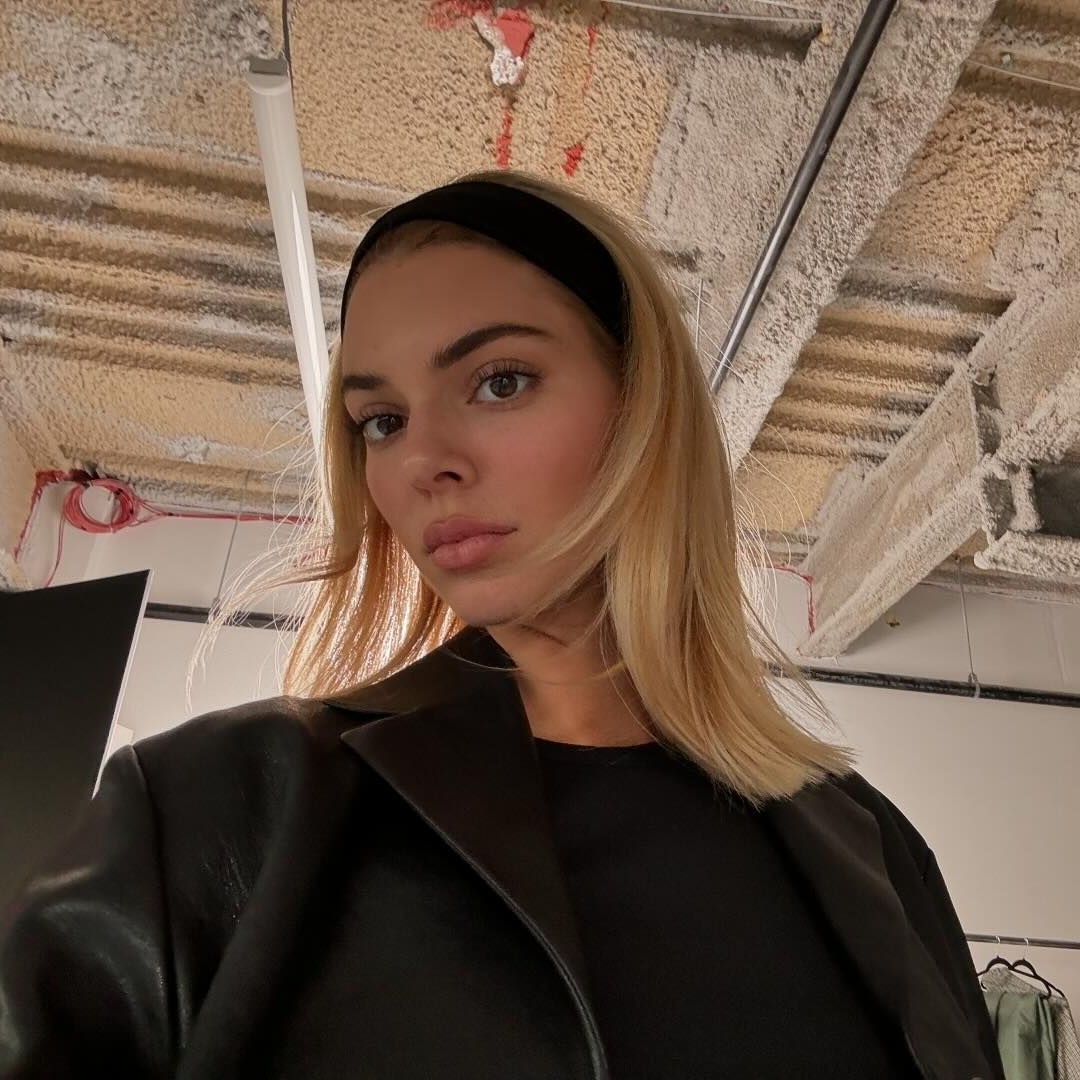 Help—Kendall Jenner's Brand-New Tucked Bob Is All I Can Think About RN
Help—Kendall Jenner's Brand-New Tucked Bob Is All I Can Think About RNTalk about winter hair inspo.
By Jamie Schneider